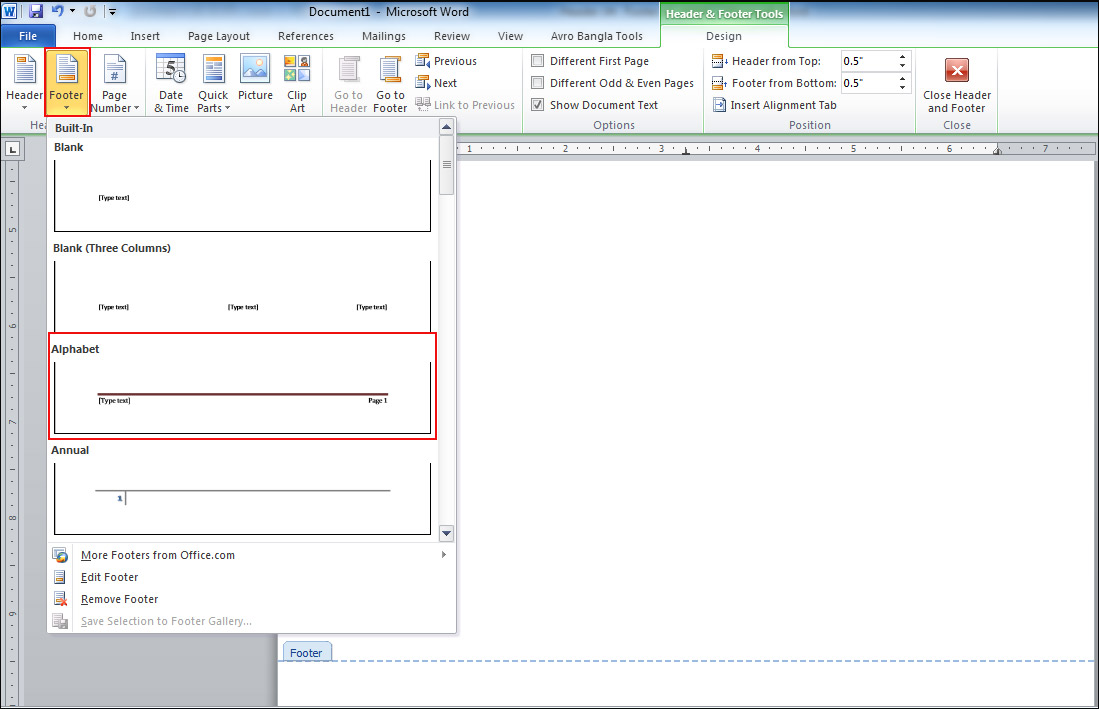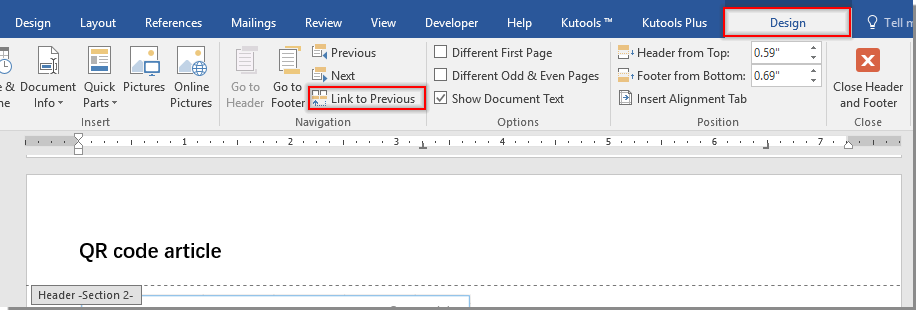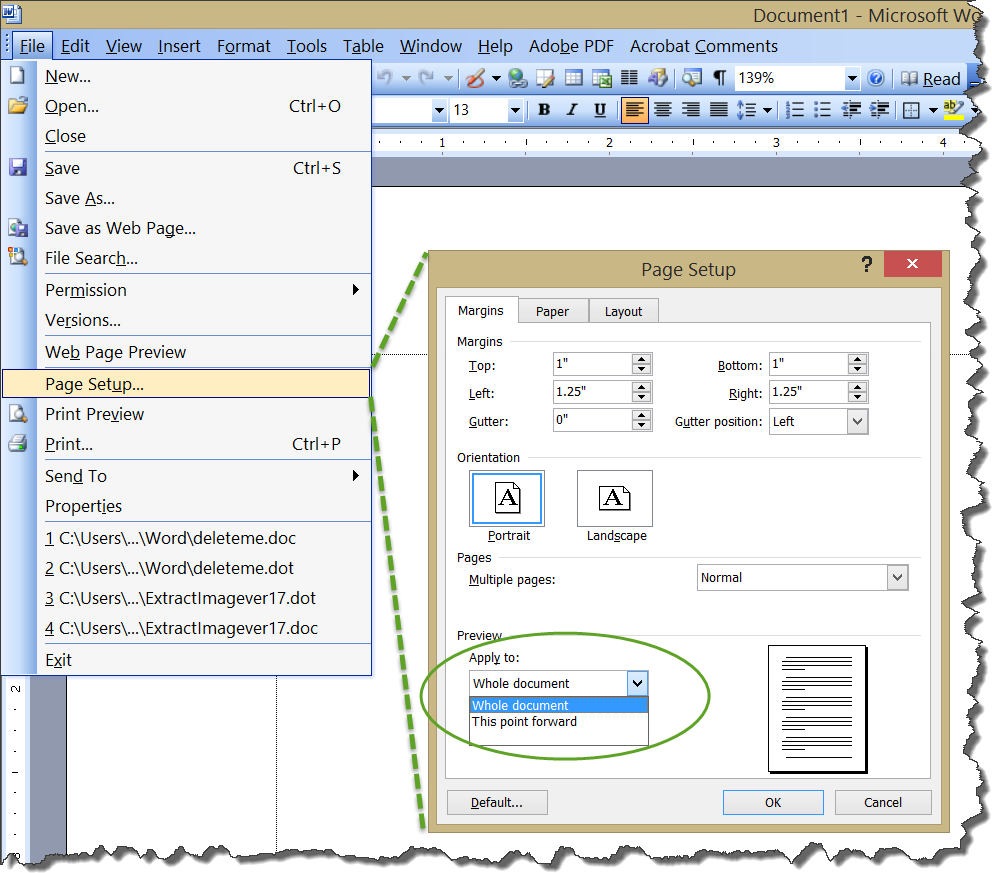

- How to edit footer in word for different pages code#
- How to edit footer in word for different pages free#
When you make the desired changes, click Publish to save your footer settings. Scroll down this page to get different styling options for your site’s footer. Use the text box to change the default text of your site’s theme. In this section, you can edit the footer layout and text. You can edit the footer by using widgets to add new sections or by editing the content and style of the footer bar. In the website customization menu, click on Footer. But you’ll find the footer editing options in every theme. Note: We’re using a popular WordPress theme named Astra, which has additional customization options.

This is the most secure and user-friendly way to edit the footer in WordPress. The WordPress Theme Customizer is an option in your WordPress dashboard that allows you to customize your site’s appearance, edit its header and footer, change its titles, and many other universal settings. Edit Footer With WordPress Theme Customizer Let’s now explore the different ways you can edit your WordPress site’s footer. Other than that, you only need to invest some time to edit your footer. But if you prefer to use premium plugins, you can add that as a potential investment when editing your WordPress site’s footer.
How to edit footer in word for different pages free#
In my opinion, the free plugins do the job well. There are many free and premium WordPress plugins to edit your site’s footer. Here are the methods that I’ll cover in this post. Instead, there are several secure methods with which you can add images, text, links, or menus to your site’s footer. But, as I’ve already mentioned, we don’t recommend that method. If you understand coding, you can directly edit footer.php from your WordPress dashboard. Whether you’re using a free or premium WordPress theme for your site, editing the footer doesn’t require any monetary investment. The Investment Needed to Edit the Footer in WordPress Tinkering directly with footer.php is not recommended because if anything goes wrong with the code, footer.php will stop loading, and your site will stop working.
How to edit footer in word for different pages code#
Thankfully, most WordPress themes come with dedicated options to edit the footer, which means you don’t need to open footer.php to edit the code manually. These are just some of the reasons why you should always edit your WordPress site’s footer after installing a theme. Only feature links that are useful to your audience or legally required. Never use this space to stuff keywords or internal links to get more page authority. Since it appears on every page of your site, any links in the footer will be considered site-wide links. The site’s footer is also critical from an SEO perspective. Instead of leaving this space empty or with useless information, you can add your logo to it along with a quick introduction to your brand or a punch line that captures the essence of your business. The footer also gives you an excellent opportunity to strengthen your brand image and make a long-lasting impression on your visitors. You should use your site’s footer to your advantage by highlighting essential links you can’t feature in the header.

You can’t just waste this space with unimportant links or default messaging from your WordPress theme. The footer appears on every page of your WordPress site. Why Editing The Footer In WordPress is Worth It So any changes that you make to footer.php will reflect across your site. In WordPress, the footer exists as a separate file named footer.php, which loads with every page of your site. Most sites use their footer area to house important links like disclaimers, privacy policy, and other key pages of your site.

Just like a site’s header, the footer also usually appears on every page of a site.įor example, here’s the footer of the CrazyEgg blog. What Is A WordPress Footer?Ī footer is an area that appears at the bottom of a website after the main body content. Or maybe you just want to remove “Proudly powered by WordPress” from the bottom of your site. You could use it to add the links to your privacy policy or affiliate disclosure, add attractive social media icons, an email opt-in box, or a small text snippet from your About page. There are many ways to utilize your site’s footer space. If you’re looking for step-by-step instructions on editing the footer in your WordPress website, this article is for you. Disclosure: This content is reader-supported, which means if you click on some of our links that we may earn a commission.


 0 kommentar(er)
0 kommentar(er)
